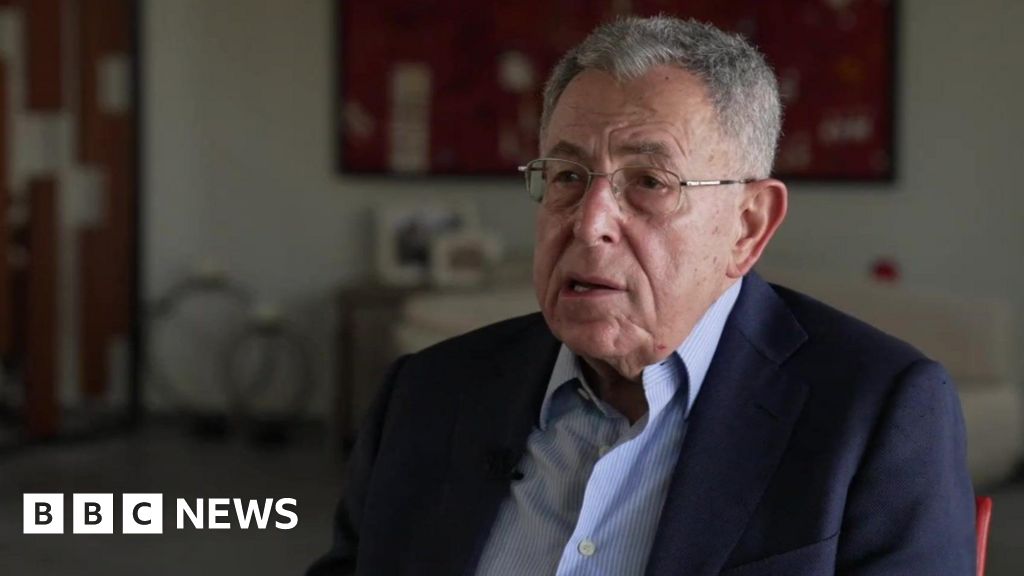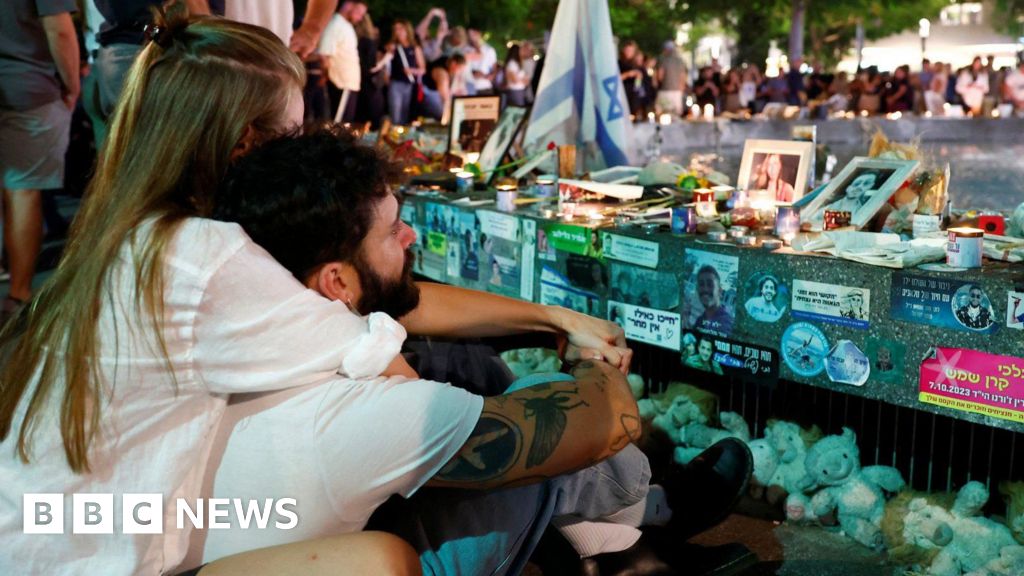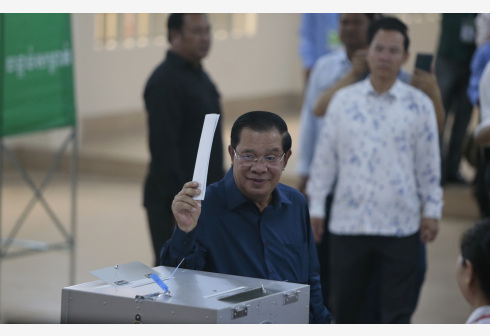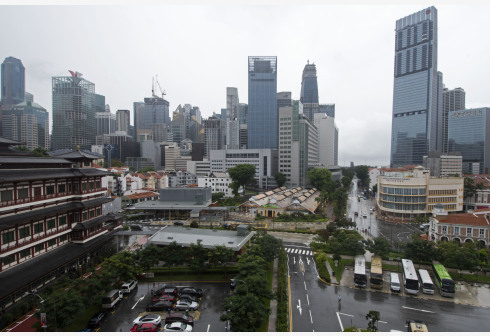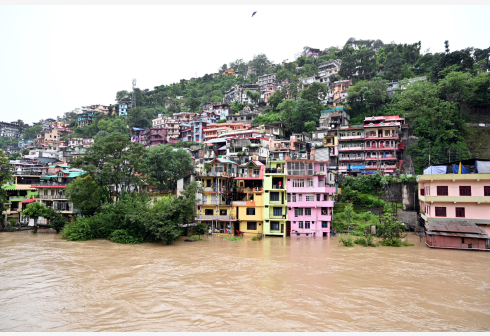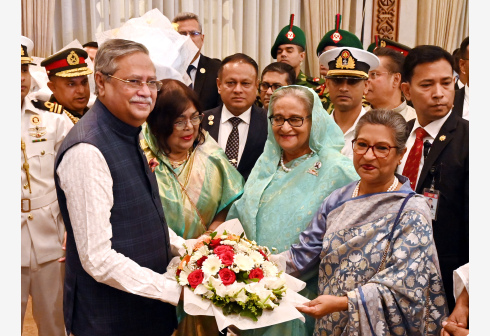Government spent a billion-plus on socio-economic projects to accelerate growth in Marsabit
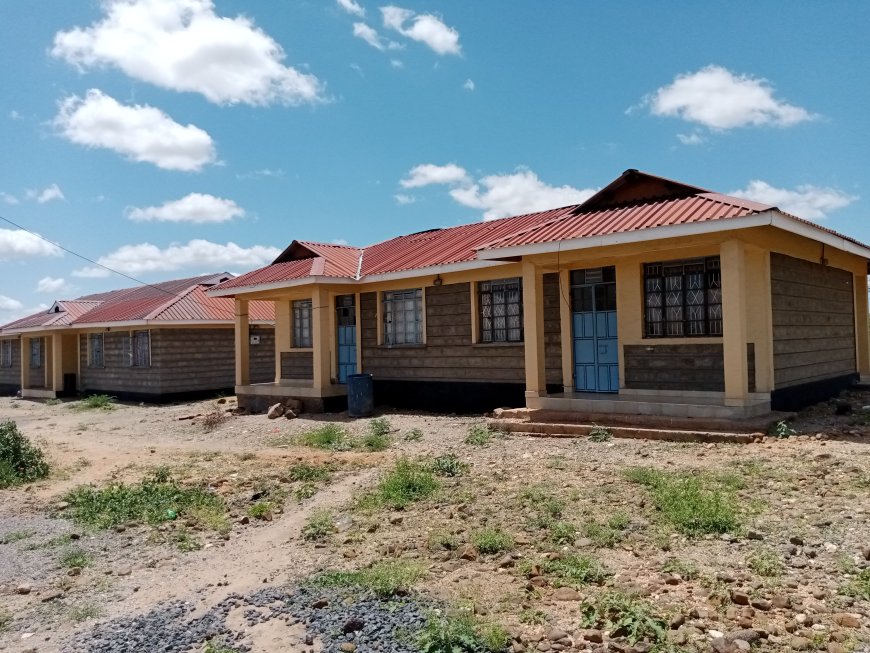
Marsabit, Monday, May 15, 2023
KNA by Sebastian Miriti
The Equalization Fund earmarked for marginalized areas initiated over 100 projects in Marsabit County in 2017/2018 and 2018/2019 financial years, to accelerate growth and transform the lives of local communities.
The projects that spread across the four constituencies of Saku, Moyale, North Horr and Laisamis were allocated over Sh1.1 billion towards infrastructure development in the health, energy, roads, water and sanitation sectors.
In the last national population and housing census, the Kenya National Bureau of Statistics (KNBS) identified 102 areas in the county as marginalized which a team from the Commission on Revenue Allocation (CRA) ascertained to be correct.
The team headed by the Commission CEO James Katule conducted a one-week verification exercise by visiting project sites and holding focused group discussions with local residents to verify if the areas were indeed sidelined and whether the projects were done or not.
During the visit, the team established that many of the projects were initiated and financed to completion particularly in Laisamis constituency, which forms the bulk of marginalized sub-locations, with 35, where the beneficiaries actively took part in public participation and acknowledged the existence of projects in the water and roads sectors.
Residents said they are able to draw water at the newly developed dams at Sarai and Irir constructed at a cost of Sh21 million and Sh27 million respectively while construction of Bagasi dam in Kargi location implemented at a cost of Sh30.1 million is ongoing.
During the tour, it was noted that the distance to water points remains a challenge to many just as was the case with access to schools where pupils and students have to walk for between eight and 10 kilometers daily.
This is a completely different scenario in Moyale and Saku constituencies where water projects were reportedly done without involving locals but do not exist on the ground.
In Sololo sub-county’s Borole area, the expansion of a rock water catchment project was not done despite records indicating that money to the tune of Sh53 million was released towards its implementation in two tranches.
In Marsabit Central sub-county, water piping from Kubi Qallo borehole to various estates in Marsabit town that include Boru-Harro and Manyatta Jillo did not happen although Sh85.6 million was released in two tranches.
Mr Katule noted that the picture was not very rosy in the health sector where health facility structures have been constructed all over but were not serving the intended purpose.
The CEO pointed out that the facilities lack personnel and drugs exposing the communities to suffering and despair.
He recommended that the many dispensaries and health centers as well as four hospitals in the county be strengthened in terms of human capital, equipment and drugs to make them viable for the residents.
He singled out Jirime dispensary, which benefited from Sh29 million funding towards the construction of a maternity wing but the facility is still in a state of disuse after being turned into a store because the contractor is allegedly yet to be paid.
At the Kalacha Level 4 hospital in North Horr Constituency, the facility was allocated Sh51.5 million and Sh72.4 million for the establishment of a cancer screening centre and equipping wards at the hospital respectively.
A spot check by the team was shocked to find that the building that was to host the cancer-screening centre stood conspicuously in the compound with overgrown grass around it as it was never equipped while seven units of staff houses at the hospital were also not in use.
The same story repeated itself at the Laisamis sub-county referral hospital where Sh50 million was allocated to enable the upgrading of the facility.
Four staff housing units were left incomplete, elevation of a water tank abandoned half way while a theatre block was hardly done three years down the line.
The hospital chief executive officer Liban Golicha who is three months old at the facility said the contractor left never to return adding that the county government had to source for funds to connect the staff houses with electricity.
Mr Liban said that they were unable to undertake operations with cases being referred either to Marsabit county referral hospital or to Meru County whenever they arose.
The road network in Marsabit county remains poor and the Commission could not visit most of the areas listed as marginalized with residents who are reeling under famine due to the recent prolonged drought complaining of being unable to receive relief aid as they could not be reached due to the bad state of roads.
The CRA chief executive officer observed that most of the projects in areas visited, were carried out without the knowledge of the locals who seemed to be hearing about the projects for the first time during the visit by the Commission.
Mr Katule expressed concern that members of the community were not able to tell who the actual implementers of the projects were, with some giving credit to CDF or non-governmental organizations.
“Projects should be implemented with the full participation of members of the public and the county government,” he said, adding that the move would ensure prioritization and create ownership for sustainability.
The millions under the equalization fund were in an effort to spur development and bring the county at par with the rest of the country but the region remains largely not connected to electricity and off the national grid.
During the period in focus, Sh19 million was allocated to facilitate rural electrification but most villages and trading centres are not connected to electricity.
The few lucky ones like Marsabit town have to contend with rationing schedules for power supplied by the Kenya Power and Lighting Company (KPLC) supplied by private power providers using generators.
Local communities, according to Galma Dabasso from Sololo are seeking solutions through solar.
He appealed to the government to make a deliberate effort in order to get the local communities out of the bondage of poverty by ensuring that projects were carried out in a more prudent manner.
The kitty allocated Sh19 million to energy, Sh321.1 million to health, roads got Sh262.6 million while the water and sanitation sector received the lion’s share of Sh534.8 million.
Courtesy; K.N.A
What's Your Reaction?






































































































































































































































































